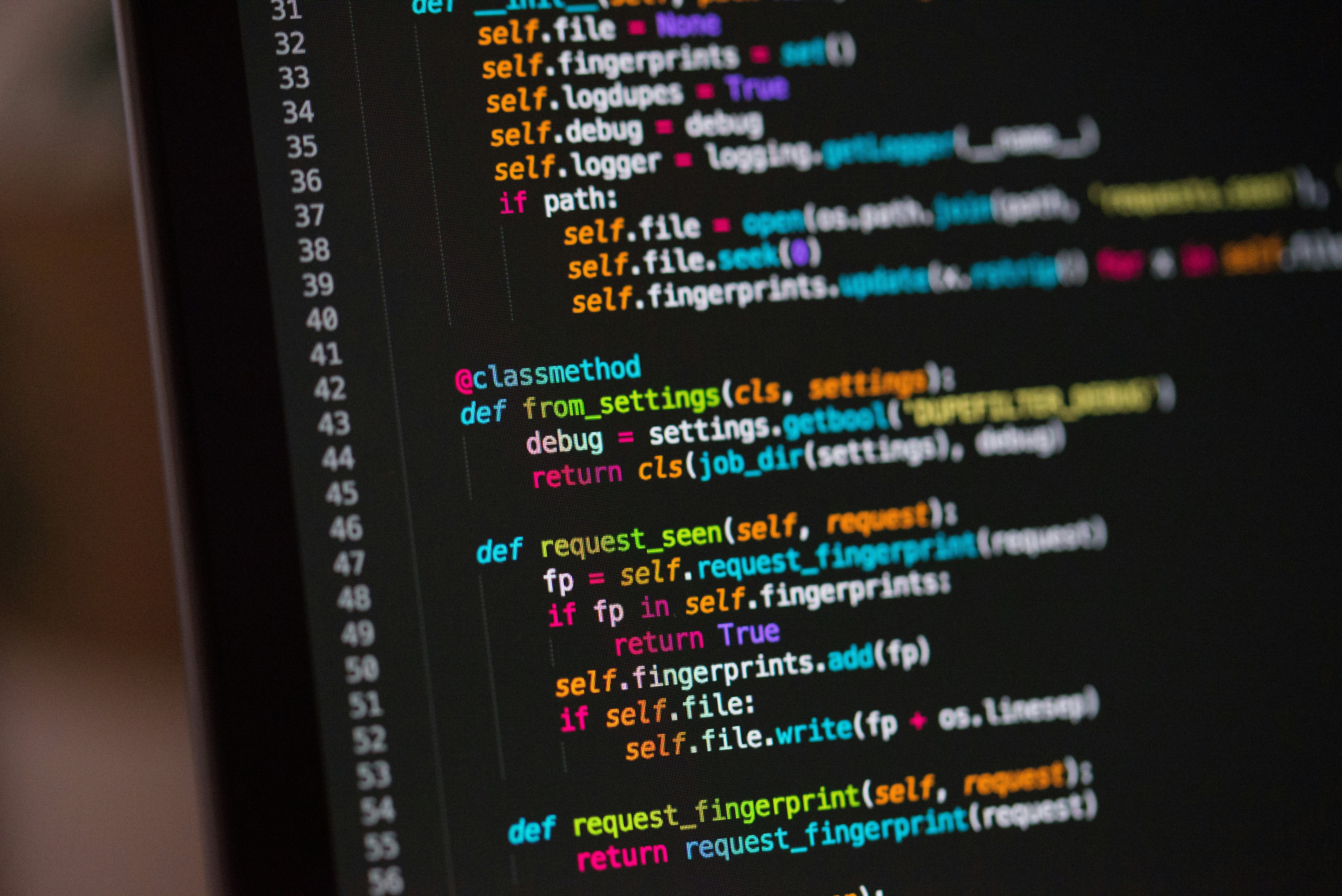The Evolving Role of Software Engineers in the Era of Vibe Coding
How AI is transforming what it means to be a software engineer

What is "Vibe Coding" Anyway?
Let's start with the basics. Vibe coding represents a fundamental shift in how software gets created. Coined by Andrej Karpathy (former OpenAI researcher and Tesla AI leader) in February 2025, he described it as a process where developers "fully give in to the vibes, embrace exponentials, and forget that the code even exists."
In practical terms, vibe coding means developers increasingly rely on conversational AI to generate code based on natural language descriptions, rather than writing every line themselves. The programmer describes what they want, and the AI produces the corresponding code.
As Karpathy put it with characteristic casualness: "I just see stuff, say stuff, run stuff, and copy paste stuff, and it mostly works."
The Dialogue Between Developer and AI
The vibe coding process transforms software development into a conversation. The developer describes their requirements in plain language, similar to explaining a concept to a colleague. The AI generates multiple implementation options for the developer to review. Through feedback and iterative conversation, they refine the output until the code meets the specifications.
This approach shifts the developer's role from manual coding to guiding, testing, and refining AI-generated code. What's particularly notable is that users often accept code without fully understanding it all – a key distinction from simply using AI as a "typing assistant."
How Vibe Coding Affects Different Experience Levels
For Novices: A Double-Edged Sword
Vibe coding democratizes software creation by lowering barriers to entry. Beginners can build functioning software faster than ever before. However, this comes with significant risks.
For novice engineers, vibe coding can be "a siren's song - alluring but very treacherous. It's like giving a novice driver the keys to a Formula 1 car." Without foundational knowledge, beginners may struggle to evaluate code quality or troubleshoot effectively.
For Mid-Level Engineers: Integration and Adaptation
Mid-level developers face a different challenge: integrating AI tools into existing workflows while maintaining their traditional skills. They have enough knowledge to judge AI-generated code while being adaptable enough to embrace new methods.
These engineers can leverage AI to handle routine tasks, freeing time for more creative work and professional development.
For Senior Engineers: Strategic Implementation
Senior developers and technical leads are experiencing perhaps the most significant evolution in their roles. Beyond coding, they must now create strategies for incorporating vibe coding into team processes, establish review protocols for AI-generated code, and focus on system design skills that AI currently struggles with.
Experienced engineers can use vibe coding as a "force multiplier," amplifying their existing skills. Their value increasingly comes from judgment and guidance rather than implementation details.

The Efficiency Revolution
The efficiency gains from vibe coding are dramatic. According to data from Y Combinator, a quarter of their Winter 2025 cohort has codebases that are 95% AI-generated. This allows startups to operate with significantly fewer engineers—"10 engineers can now accomplish the work that once required 50-100."
This efficiency translates into development cycles where teams are "completing in weeks what traditionally took months." For individual developers, vibe coding enables building weekend projects with unprecedented speed.
When Vibe Coding Works Best
Vibe coding proves particularly effective in certain domains. The table below highlights these key areas:
| Domain | Why It Works Well |
|---|---|
| Rapid Prototyping | Quickly developing minimum viable products with fast iteration |
| User Interfaces | Designing responsive and modern front-end applications |
| Standard Features | Implementing common elements like authentication or payment processing |
| Solo Projects | Allowing individual developers to achieve what typically requires teams |
Limitations of Vibe Coding
Despite its advantages, vibe coding faces serious limitations in several areas. These limitations highlight where traditional coding skills remain essential:
| Domain | Limitation |
|---|---|
| Complex Algorithms | Mathematical precision remains challenging for AI to generate reliably |
| Mission-Critical Systems | Healthcare or financial applications requiring rigorous verification |
| Security Components | AI could inadvertently introduce vulnerabilities |
| Legacy Integration | Undocumented behaviors pose difficulties for AI to understand |
Emerging Development Methodologies
Code Sketching and Iterative Refinement
AI-assisted development is an iterative, interactive process. Developers begin with a high-level "sketch" of what the code should look like, then progressively refine it with AI assistance.
Rather than viewing code generation as a one-time event, developers treat it as an ongoing conversation. They request features, test them, and provide feedback for improvement. This process often involves running the AI-generated code, observing errors or incorrect behaviors, and then feeding those errors back to the AI with a prompt to fix them.
AI Agents and Orchestration
Beyond using AI as a passive assistant, developers are now orchestrating LLMs as agents that can perform multi-step tasks autonomously. This involves structuring AI to plan actions, call external tools, and handle complex goals by breaking them down.
The ReAct pattern represents one approach, where the AI interleaves reasoning and acting in a loop. Another is the Plan-and-Solve method, which separates the process into planning and execution phases.
Prompt-Driven Development Workflow
A modern AI-integrated workflow progresses through several stages. It begins with requirements and design, where AI helps flesh out user stories and verify requirements. Next comes implementation, which involves engaging in vibe coding sessions for each component. Testing and validation follow, with AI generating unit tests and integration tests. Finally, refactoring and maintenance involve prompting AI to improve existing code.
Changes to Team Structure and Collaboration
Evolving Team Composition
Development teams are becoming smaller but more diverse in skillsets. The traditional requirement for multiple engineers with similar programming skills is giving way to teams with complementary specializations in prompt engineering, architecture design, and quality assurance.
Collaboration Challenges
Vibe coding introduces new challenges to team collaboration. Working primarily by "vibe" often results in limited documentation and knowledge silos, making it harder for teammates to understand each other's code.
Teams may become dangerously dependent on individuals who understand particular components. If a "vibing" developer leaves, others may struggle to debug or extend their code.
Best Practices for Human-AI Collaboration
Effective human-AI collaboration requires clarity on what tasks are best handled by the AI versus humans. A guiding principle is: let AI handle the tedious, repetitive parts of development, while humans focus on creative, complex, or critical-thinking aspects.
| Practice | Description |
|---|---|
| Code Review | Maintain code review as a non-negotiable step even for AI-generated code |
| Document AI Involvement | Track which portions of code were generated by AI for future reference |
| Include Metadata | Add comments like # Generated by ChatGPT on 2025-03-01, prompt: "..." |
| Test Thoroughly | Verify AI-generated code works correctly in all scenarios |
Impact on Well-being and Job Satisfaction
Reduced Technical Stress
By automating complex coding tasks, vibe coding may alleviate some of the technical pressure on software engineers. The ability to rapidly prototype and iterate could reduce the stress associated with tight deadlines.
Research on software engineer well-being indicates that the profession has been "increasingly under strain due to the high-stress nature of their roles, which involve complex problem-solving, tight deadlines, and the pressures of rapidly evolving technologies." By automating complex tasks, vibe coding may address some of these burnout factors.
New Identity Challenges
As hands-on coding diminishes, some engineers may experience identity and purpose challenges. Many entered the field because they enjoyed the craft of coding itself, and the shift to a more supervisory role could impact job satisfaction.
Research indicates that well-being for software engineers encompasses "having meaningful tasks, feeling accomplished, and being able to help others." Teams adopting vibe coding need to consider how to maintain these aspects of job satisfaction when much of the implementation is automated.
The Future Software Engineer

From Developer to Orchestrator
The role is evolving from hands-on developers to what some call "Software Orchestrators." This emphasizes judgment, oversight, and strategic decision-making rather than line-by-line coding.
As one expert describes it: "We're witnessing the rise of the Software Orchestrator, not just the software developer." This role focuses on understanding user needs and system architecture, then orchestrating AI tools to implement effective solutions.
Ethical Focus
As AI handles more implementation, human engineers will likely focus more on ethical considerations. Identifying potential biases, security vulnerabilities, and ethical implications of AI-generated code will become core aspects of the engineering role.
Educational Evolution
The traditional educational pathway for software engineers may need to evolve. Future education might emphasize systems thinking, prompt engineering, and ethical technology alongside programming fundamentals.
As one expert advises novices: "Learn to walk before you run. Build a solid foundation in programming fundamentals, data structures, and algorithms. Understand the 'why' behind the code, not just the 'what.' Use AI as a learning tool, not a crutch." This suggests that while educational approaches may change, fundamental knowledge will remain valuable.
Conclusion: Evolution, Not Obsolescence
The age of vibe coding represents a profound shift in software engineering—perhaps the most significant since the profession's inception. Engineers are transitioning from manual coders to orchestrators who guide AI tools through the development process.
For the profession as a whole, this doesn't signal obsolescence but rather evolution. The most successful engineers will be those who adapt by embracing AI tools while maintaining the judgment, architectural vision, and ethical oversight that machines cannot provide.
The core objectives of software engineering—readability, maintainability, correctness, scalability—remain unchanged. AI is simply changing how we reach those objectives, allowing new levels of speed and abstraction.
The future of software development will be built by both humans and intelligent machines, working in concert to achieve what neither could accomplish alone.
Breakthrough: Large Language Models Pass the Turing Test
Recent research shows how advanced AI models have achieved a milestone by passing the classic Turing Test, transforming our understanding of machine intelligence
In-Depth Analysis of Model Context Protocol (MCP) Security Practices
A comprehensive examination of MCP security architecture, vulnerabilities, and best practices for organizations implementing AI integrations. Learn about tool poisoning attacks, lifecycle security risks, and mitigation strategies in this detailed analysis.
Discuss This with Our AI Experts
Have questions about implementing these insights? Schedule a consultation to explore how this applies to your business.